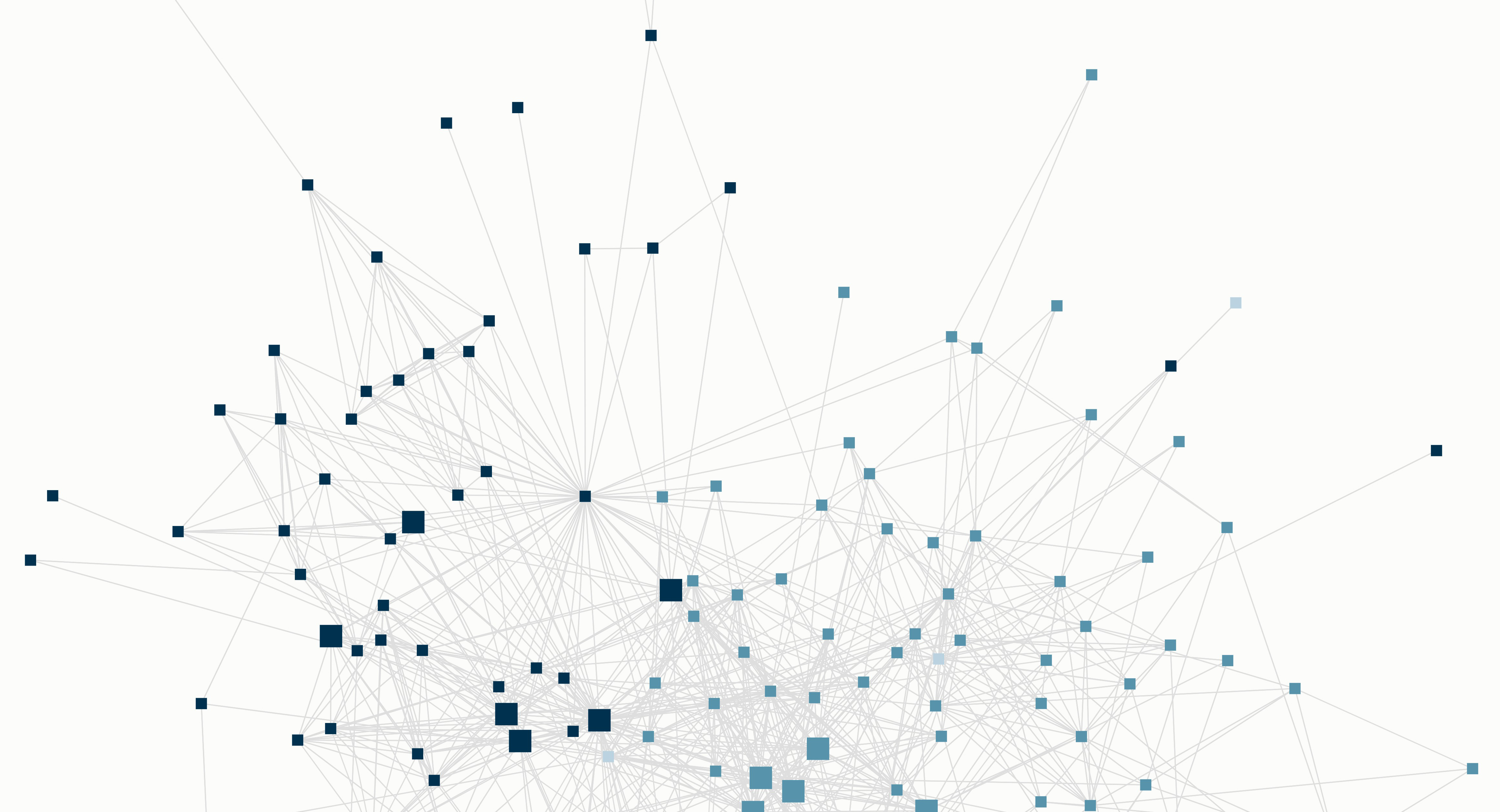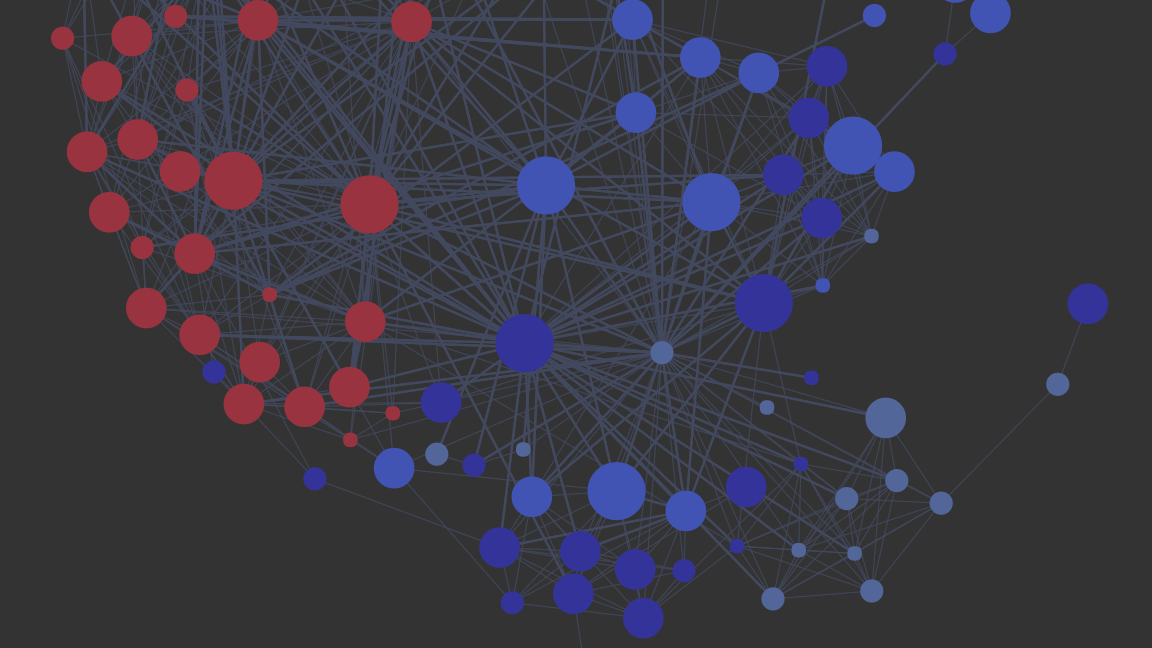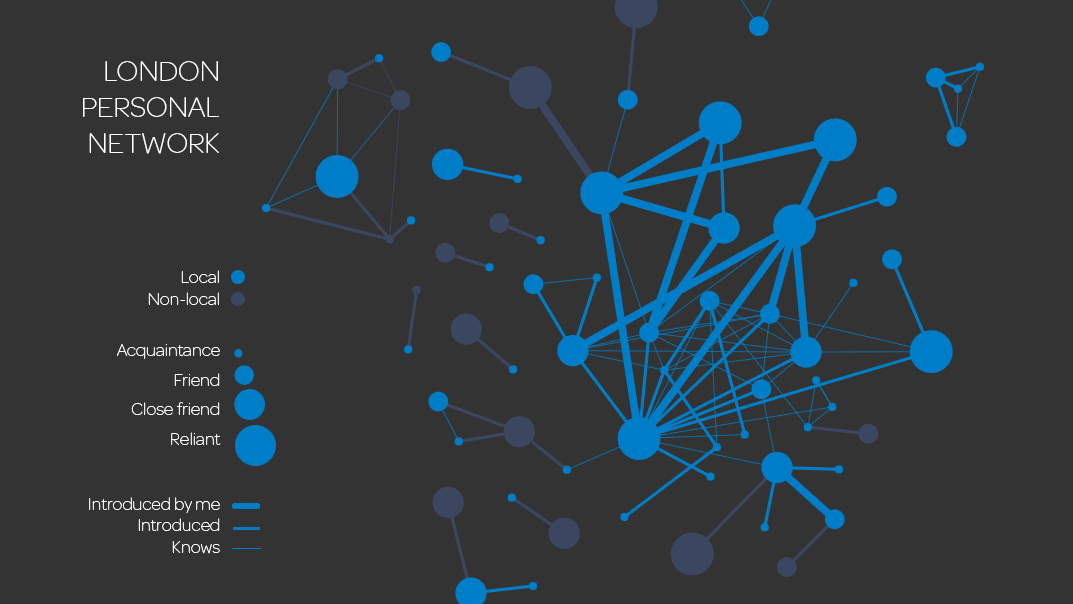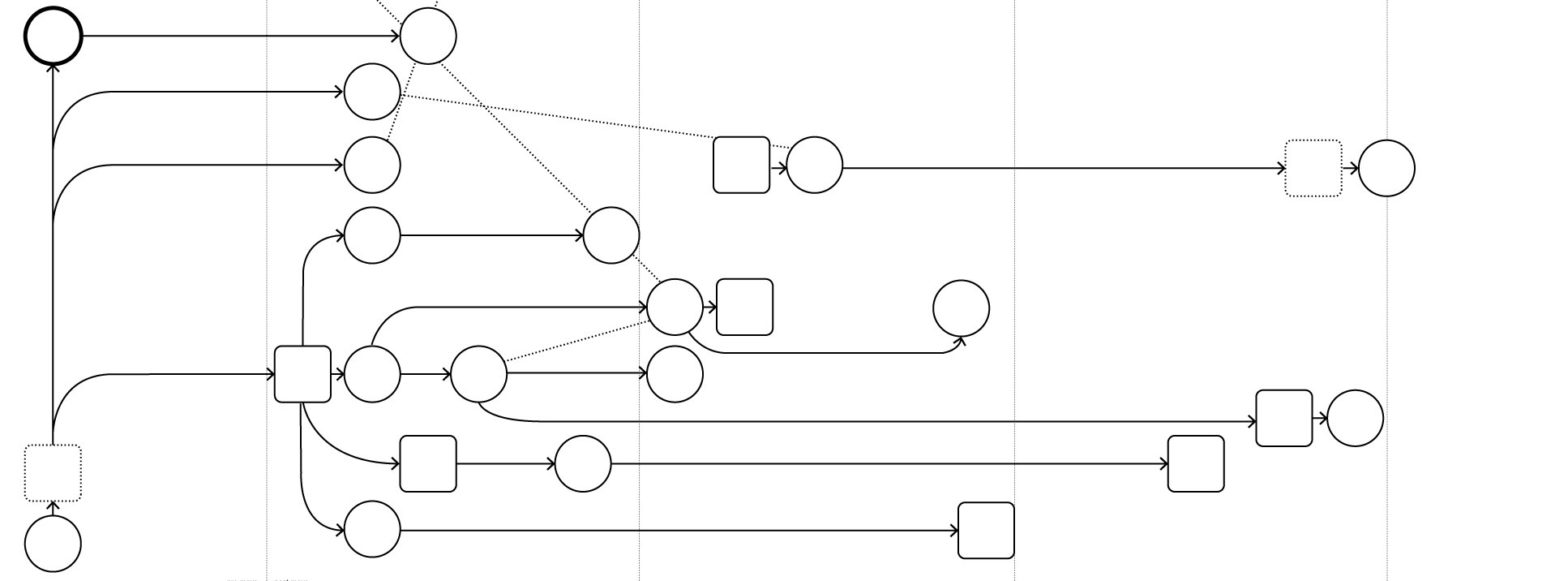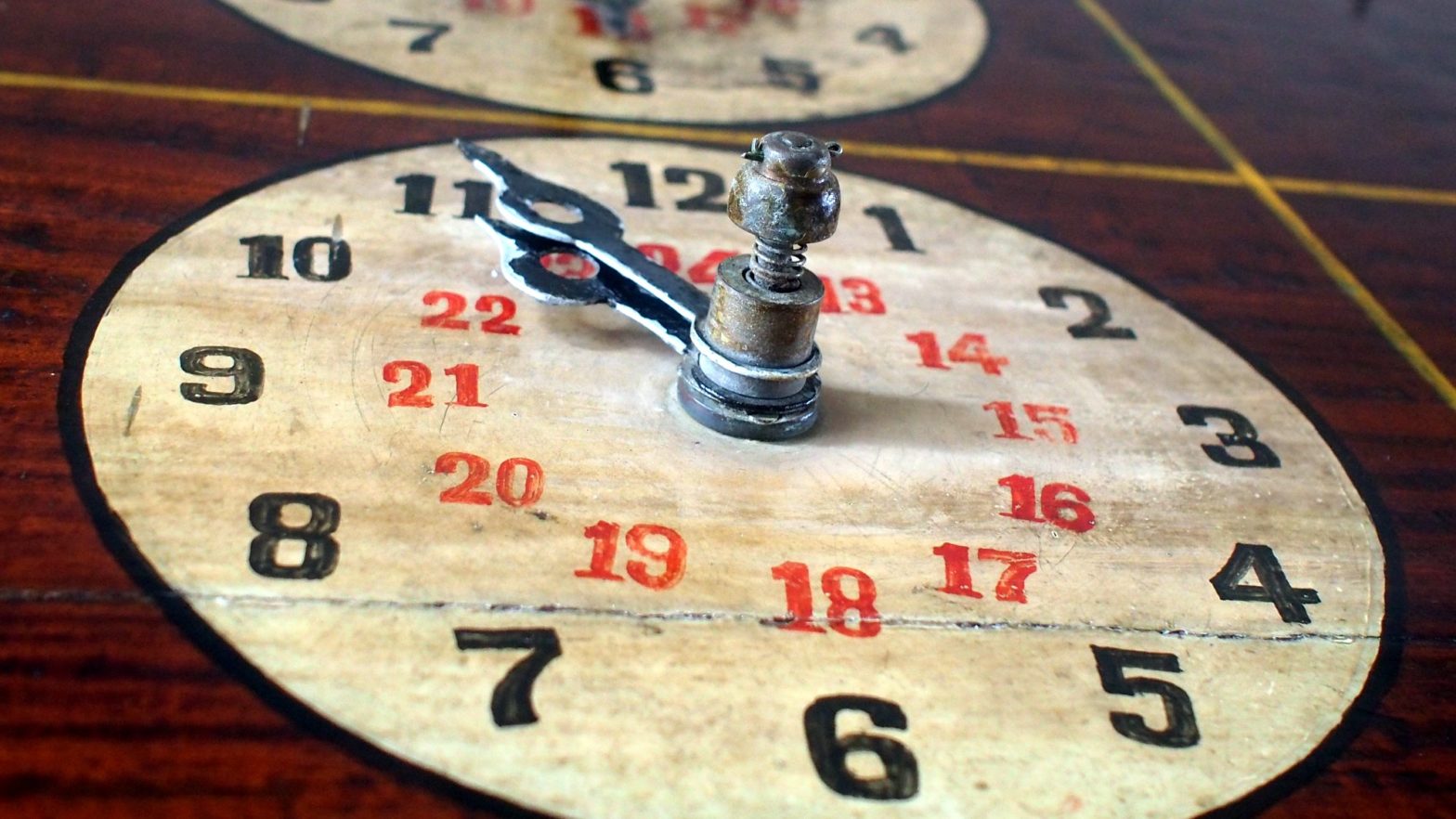Seasonal Migration Chapter 3: London
There were about 12 days in the middle of August that honestly felt like pure bliss. It’s funny, because if you had caught me at the moment I was thigh-deep in mud pushing my kayak downstream, you might think otherwise. Or the moment I raced home to meet someone who was buying a piece of furniture and then didn’t show. Or the moment I was awake at 3am worrying that I had upset a friend. My baseline was so positively buoyant that those types of moments couldn’t detract from my overall mood. It felt like I had finally unlocked how to live well in the UK. I guess absence does really make the heart grow fonder :p.Below are reflections from the third chapter of my seasonal migration experiment and my first time returning to a place in the seasonal migration rotation.ReflectionsThis summer I really fell in love with the UK. I can’t say that it was ‘again’, as my relationship with the UK didn’t begin with love at first sight like Hong Kong. It also didn’t get serious …
